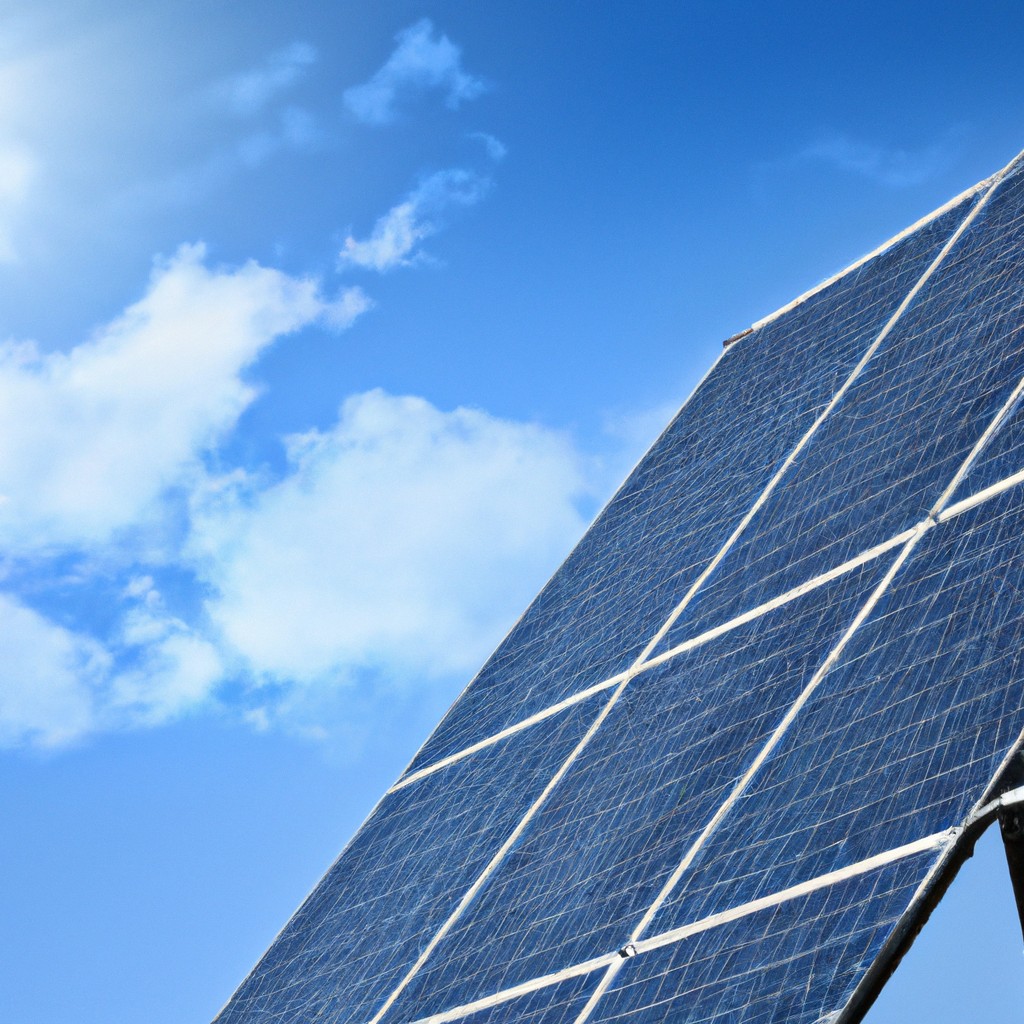Learn how to determine the number of solar panels needed to generate 1000 kWh per month in your home.
Key takeaways:
- Calculate your monthly electricity needs from past utility bills.
- Determine the peak sun hours in your geographic location.
- Divide your energy needs by peak sun hours to get the number of panels.
- Consider the financial incentives and savings of installing solar panels.
- Research federal, state, and local incentives to offset initial costs.
Monthly Electric Usage Calculation

To pinpoint your household’s electricity consumption, start by examining past utility bills. Gather them from the last year, as energy use can vary with the seasons. Most energy bills will show usage in kilowatt-hours (kWh). Averaging these figures will give you a clear idea of your monthly electricity needs.
If you don’t have a year’s worth of statements, or if you’re considering increasing your electricity use (maybe you’re thinking of trading in that old fan for an air conditioner), check energy usage estimates for common household appliances. These can often be found in product manuals or online databases.
This step is crucial because the accuracy of your monthly kWh requirement impacts every other aspect of solar panel installation, from the number of panels to the cost. By the end, you should know exactly how many kWh you use per month, setting the stage for how much sun-power you’ll need to soak up.
Determine Local Peak Sun Hours
To accurately forecast the power output of your solar panels, you’ll need to grasp the concept of peak sun hours. Think of peak sun hours as the powerhouse periods of sunlight; they’re not about how many hours the sun is in the sky, but rather about the intensity of sunlight that is available to generate electricity.
Your geographic location plays a huge role here. For example, Arizona bathes in sun, offering about 7.5 peak sun hours per day, whereas Seattle might receive only about 3.5. This variance significantly affects the total number of panels you’ll need.
Most solar experts use solar radiance maps to determine these vital hours. You can easily consult these online or reach out to a local solar professional to get the specific peak sun hours for your domicile. Understanding this will ensure that you size your solar system accurately to meet your energy needs effectively.
Number of Solar Panels Required
To calculate the exact number of solar panels you’ll need to churn out 1000 kWh per month, there’s a bit of simple math involved. First, you take the energy needs (1000 kWh) and divide it by the number of peak sun hours your locale receives daily. This figure varies by location but, let’s say, for argument’s sake, your area gets 5 peak sun hours per day.
That calculation [(1000 kWh / (5 hours * 30 days))] reveals you require about 6.67 kWh per hour of sun. Since a typical panel produces about 300 watts (or 0.3 kWh) per hour, you’d need around 22 panels. However, this number might change based on the specific wattage of the panels you choose and their efficiency—after all, not all solar panels are created equal! Some are more of overachievers than others.
So, grab a calculator, and let’s make sure you don’t end up playing musical chairs with your electric supply! An accurate tally is crucial. No one likes a blackout during their favorite TV show, right?
Financial Considerations
Investing in solar panels isn’t just an environmental decision; it’s a financial adventure. The initial setup might seem like searching for coins in the couch cushions—slightly daunting but ultimately rewarding. The upfront costs involve purchasing the panels and paying for installation, which can vary based on your location and the type of system you choose.
Don’t fret over the initial pinch to your wallet! Various incentives such as federal tax credits, state rebates, and local utility programs can significantly reduce the cost. Essentially, governments and utilities often offer a helping hand because they love solar almost as much as sunbathers love the beach.
Once your system is up and running, the savings begin. Solar panels typically reduce or even eliminate your electricity bills, making your bank account as happy as a clam at high tide. Over time, these savings can offset the initial investment—imagine that initial cost being a boomerang that comes back as savings, again and again, every month. Plus, should you ever decide to sell, solar panels can increase your home’s value faster than a home renovation reality show wraps up a project!
Initial Costs and Incentives
Diving into the financials, the upfront investment in solar panels can be a bit of a shocker. However, thanks to various federal, state, and local incentives, that initial sting can be significantly softened. For starters, the Solar Investment Tax Credit (ITC) allows you to deduct 26% of the cost of installing a solar energy system from your federal taxes. This incentive alone can lead to substantial savings.
On the state level, some additional perks include rebates, tax breaks, and grants. These incentives vary widely depending on where you live, so it’s a good idea to do a little homework or chat with local solar providers about what specific benefits are available to you.
Additionally, many utility companies offer programs that might include further incentives or crediting for excess energy your panels produce, known as net metering. This can not only reduce your upfront costs but also enhance your long-term savings. The trick here is to keep your eyes peeled for all possible incentives and integrate them into your financial planning. This way, solar becomes not just an environmentally sound choice, but a particularly savvy economic decision.




